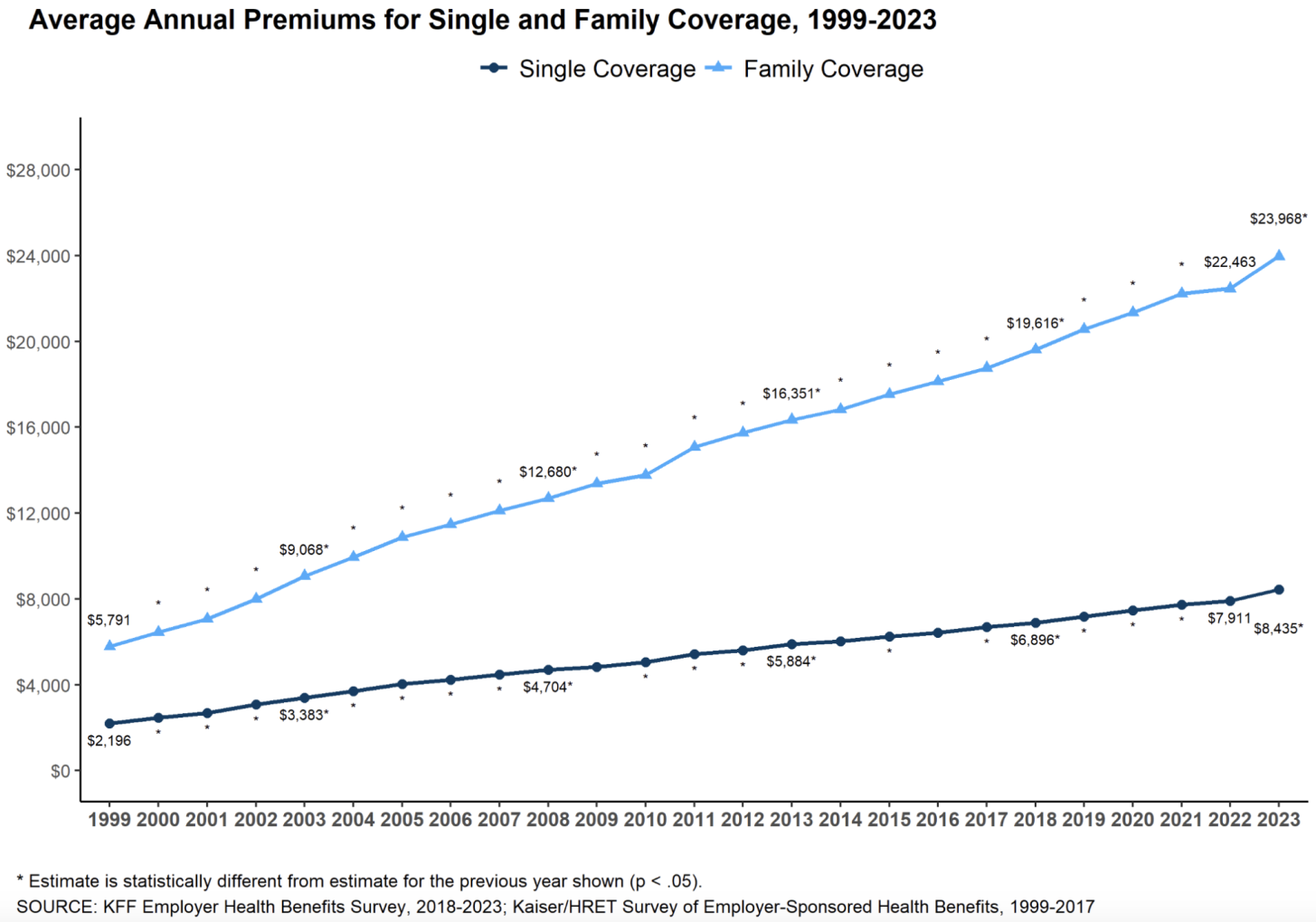Building a diversified investment portfolio is one of the most effective ways to achieve long-term financial goals while managing risk. Whether you’re saving for retirement, building wealth, or planning for future expenses, a well-diversified portfolio can help you navigate market volatility and maximize returns. In this article, we’ll explore the principles of investment portfolio management, the importance of portfolio diversification, and strategies to create a balanced mix of assets. We’ll also discuss how diversification fits into broader wealth management and investment strategies for retirement, as well as the role of low-risk investments in protecting your financial future.
What is a Diversified Investment Portfolio?
A diversified investment portfolio is a collection of different asset classes, such as stocks, bonds, real estate, and cash, designed to reduce risk and optimize returns. The idea is to spread your investments across various sectors, industries, and geographic regions so that the performance of one asset doesn’t disproportionately impact your overall portfolio. This approach is a cornerstone of investment portfolio management and is essential for achieving financial stability.
Why Diversification Matters
Diversification is often referred to as the only “free lunch” in investing because it allows you to reduce risk without sacrificing potential returns. Here’s why it’s so important:
- Risk Management: By spreading your investments across different asset classes, you can minimize the impact of poor performance in any single investment.
- Steady Returns: A diversified portfolio is more likely to deliver consistent returns over time, even during market downturns.
- Opportunity for Growth: Diversification allows you to tap into the growth potential of various sectors and regions, increasing your chances of achieving your financial goals.
Steps to Build a Diversified Investment Portfolio
Building a diversified portfolio requires careful planning and a clear understanding of your financial goals, risk tolerance, and time horizon. Here’s a step-by-step guide to help you get started:

1. Define Your Financial Goals
Before you start investing, it’s important to define your financial goals. Are you saving for retirement, a down payment on a house, or your child’s education? Your goals will determine your investment strategy and the level of risk you’re willing to take.
2. Assess Your Risk Tolerance
Risk tolerance refers to your ability and willingness to endure market fluctuations. Younger investors with a longer time horizon may be more comfortable taking on higher-risk investments, while those nearing retirement may prefer low-risk investments to preserve their capital.
3. Choose a Mix of Asset Classes
A well-diversified portfolio typically includes a mix of the following asset classes:
- Stocks: Equities offer high growth potential but come with higher risk.
- Bonds: Bonds provide steady income and are generally less volatile than stocks.
- Real Estate: Real estate investments can offer diversification and act as a hedge against inflation.
- Cash and Cash Equivalents: These include savings accounts, money market funds, and certificates of deposit (CDs), which provide liquidity and stability.
4. Diversify Within Asset Classes
In addition to diversifying across asset classes, it’s important to diversify within each class. For example, within the stock portion of your portfolio, you might invest in a mix of large-cap, mid-cap, and small-cap stocks, as well as international and emerging market equities.
5. Rebalance Your Portfolio Regularly
Over time, the performance of different assets will cause your portfolio to drift from its original allocation. Regular rebalancing ensures that your portfolio stays aligned with your goals and risk tolerance. This is a key aspect of investment portfolio management.
6. Consider Professional Wealth Management Services
If you’re unsure how to build or manage a diversified portfolio, consider working with a financial advisor or wealth management professional. They can provide personalized advice and help you navigate complex investment decisions.
How Diversification Fits into Investment Strategies for Retirement
Diversification is especially important when planning for retirement. As you approach retirement age, your investment strategy should shift toward preserving capital and generating steady income. This often involves increasing your allocation to low-risk investments, such as bonds and dividend-paying stocks, while reducing exposure to high-risk assets.
Additionally, a diversified portfolio can help you manage sequence-of-returns risk, which is the risk of experiencing poor investment performance early in retirement. By spreading your investments across different asset classes, you can reduce the impact of market volatility on your retirement savings.
The Role of Low-Risk Investments in Diversification
While high-risk investments like stocks offer the potential for significant returns, low-risk investments play a crucial role in protecting your portfolio during market downturns. Examples of low-risk investments include:
- Government Bonds: These are considered one of the safest investments because they are backed by the government.
- Certificates of Deposit (CDs): CDs offer a fixed interest rate and are insured by the FDIC up to certain limits.
- High-Quality Corporate Bonds: These bonds provide steady income with relatively low risk.
Conclusion
Building a diversified investment portfolio is a fundamental step toward achieving your financial goals and managing risk. By understanding the principles of investment portfolio management and portfolio diversification, you can create a balanced mix of assets that aligns with your risk tolerance and time horizon. Whether you’re planning for retirement or building long-term wealth, diversification is a powerful tool that can help you navigate market volatility and secure your financial future.
If you’re unsure where to start, consider consulting a wealth management professional or using investment strategies for retirement to guide your decisions. With the right approach, you can build a portfolio that provides both growth and stability for years to come.